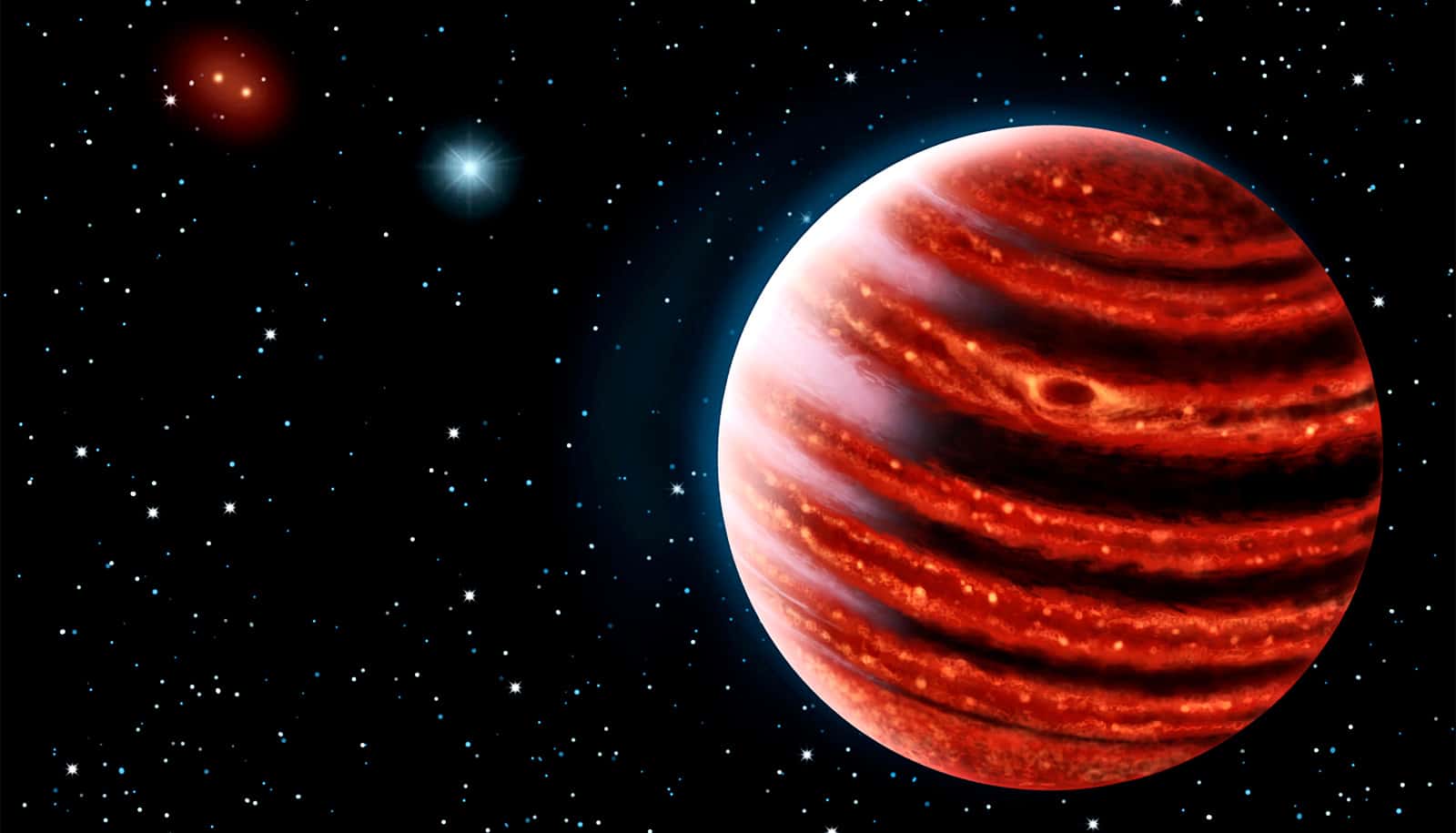Researchers have found an exoplanet that, according to current theories, shouldn’t exist in its current location.
Researchers studied the red-giant stars HD 212771 and HD 203949, revising the parameters for the two red-giant stars, which are known to host exoplanets. These are the first detections of oscillations in previously known exoplanet-host stars TESS has made.
Asteroseismology is the study of stellar interiors, by measuring seismic oscillations at the star’s surface. In seismology, scientists can use the different vibration modes from an earthquake to study the Earth’s interior to get data from the composition and depth of its different layers. In a similar fashion, oscillations at the star’s surface can help scientists infer the internal structure and composition of a star. The new study uses asteroseismology data from NASA’s Transiting Exoplanet Survey Satellite (TESS).
Detecting these oscillations was only possible because, “TESS observations are precise enough to allow measuring the gentle pulsations at the surfaces of stars,” explains lead author Tiago Campante of the Instituto de Astrofísica e Ciências do Espaço and the Faculdade de Ciências da Universidade do Porto. “These two fairly evolved stars also host planets, providing the ideal testbed for studies of the evolution of planetary systems.”
Having determined the physical properties of both stars, such as their mass, size, and age, through asteroseismology, the authors then focused their attention on the evolutionary state of HD 203949. Their aim was to understand how its planet could have avoided engulfment, since the envelope of the star would have expanded well beyond the current planetary orbit during the red-giant phase of evolution.
Based upon extensive numerical simulations that Dimitri Veras of the University of Warwick physics department performed, the team thinks that star-planet tides might have brought the planet inward from its original, wider orbit, placing it where we see it today.
“We determined how this planet could have reached its current location, and to do so whether or not the planet had to survive engulfment within the stellar envelope of the red giant star,” Veras says. “The work sheds new light on the survivability of planets when their parent stars begin to die, and might even reveal new aspects of tidal physics.”
“This study is a perfect demonstration of how stellar and exoplanetary astrophysics are linked together,” says coauthor Vardan Adibekyan of IA & Universidade do Porto. “Stellar analysis seems to suggest that the star is too evolved to still host a planet at such a ‘short’ orbital distance, while from the exoplanet analysis we know that the planet is there!”
“The solution to this scientific dilemma is hidden in the ‘simple fact’ that stars and their planets not only form but also evolve together. In this particular case, the planet managed to avoid engulfment,” adds Adibekyan.
In the past decade, asteroseismology has had a significant impact on the study of solar-type and red-giant stars, which exhibit convection-driven, solar-like oscillations. These studies have advanced considerably with space-based observatories like CoRoT (CNES/ESA) and Kepler (NASA), and are set to continue in the next decade with TESS and PLATO (ESA).
The results appear in the Astrophysical Journal.
Source: University of Warwick



